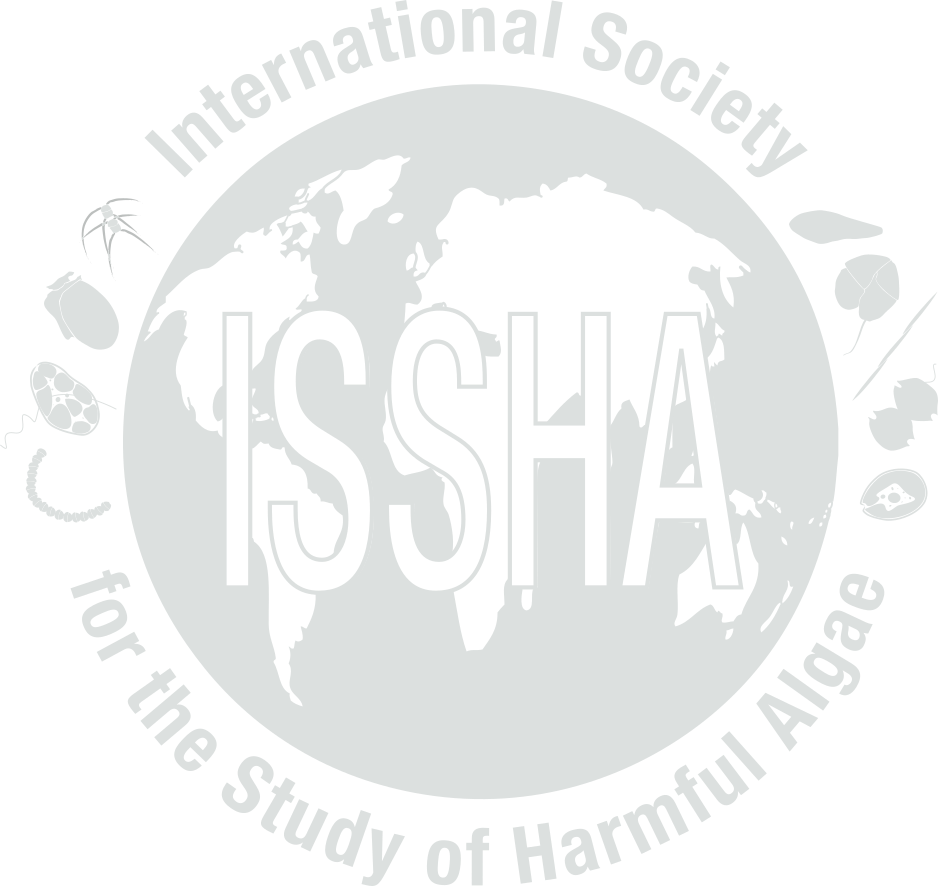


| Event name: | CL-06-002 | |
| Country: | CHILE | |
|
Nature of the harmful event: |
Seafood toxins | |
|
Event directly affected: |
Humans | |
| Toxicity detected: | Yes (Approximate range: 103 mg/kg wet weight) | |
| Associated syndrome: | ASP | |
| Unexplained toxicity: | No | |
| Species implicated in toxin transmission (transvector): | scallops | |
| Report the outcome of a monitoring programme: | Yes (Sanidad de Moluscos Bivalvos) | |
| Event occurred before in this location: | Yes (Every year) | |
| Individuals to contact: | SCHWEIBOLD Laura | |
| Location: | Latitude: -27.111389, Longitude: -70.882222 | |
| General location information: |
Bahia Inglesia, Atacama HAB Area code(s): CL-13 |
|
| Additional location information: | ||
| Bloom event dates (yyyy/mm/dd): |
Event Date:2006-11-02 |
|
| Quarantine levels dates (yyyy/mm/dd): | ||
| Additional date-related information: | ||
| Causative organism known: | No | |
| Causative Species/Genus: |
Pseudo-nitzschia australis
(1.6x10^6 cells/L)
|
|
| Co-Ocurring Species/Genus: | ||
| Chlorophyll concentration, if known: | µg/l | |
| Additional bloom information: | ||
| Event-related bibliography: | Patricio A. Díaz et al., 2019. Impacts of harmful algal blooms on the aquaculture industry: Chile as a case study. Perspectives in Phycology vol.6, issue 1-2, p. 39-50. | |
|
||||||||||||||||||||||||||
| Nutrient information: | ||||||||||||||||||||||||||
| Temperature Range During Event: | Max: °C, Min: °C | |||||||||||||||||||||||||
| Salinity Range During Event: | ||||||||||||||||||||||||||
| Bloom location in the water column: | ||||||||||||||||||||||||||
| Growth: | ||||||||||||||||||||||||||
| Growth Comments | ||||||||||||||||||||||||||
| Additional Environmental information: | ||||||||||||||||||||||||||
|
|||||||
| Kit used: | Type of kit used: | ||||||
| Additional information: | |||||||
| Economic losses: | The time in which scallops are unsafe for consumers is very short (1–2 weeks) so the economic losses are moderate | ||||||
| Management decision: | |||||||
| Additional harmful effect information: | On of the longest and most intense ASP outbreak detected in chile | ||||||
